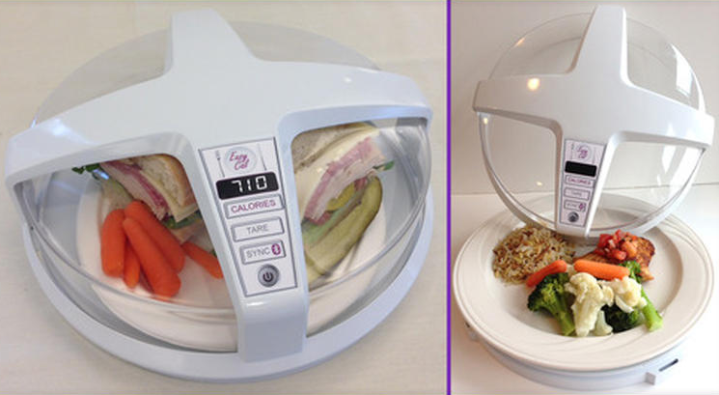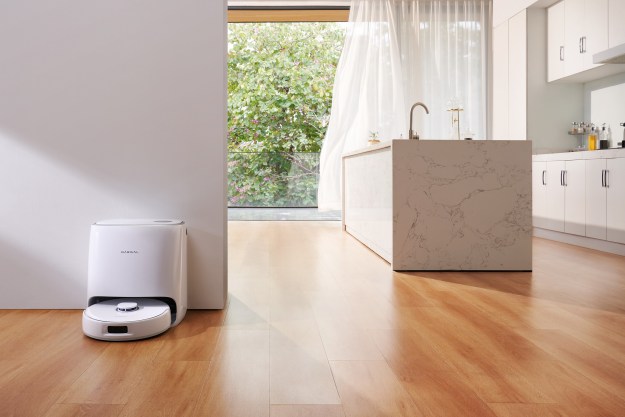
It’s not that we can’t figure it out how to measure caloric content at all, it’s just that nobody’s figured out a way to do it that’s simple and doesn’t require an inordinate amount of steps to pull off. There are dozens of smart kitchen scales that can weigh your food and estimate how many calories it has, but all of them still require you to fire up an app and enter in what kind of food you’re weighing, which makes them rather inconvenient. Other technologies, like handheld molecular spectrometers, can tell you the chemical makeup of food, but have no way to account for the mass of a given item, so they can’t really give you the full picture.
Nobody’s nailed it down quite yet, but GE is on a mission to figure it out. Tucked away somewhere deep inside the company’s global research laboratory is a prototype for a calorie counter that can accurately estimate caloric content at the push of a button.
The device, which currently doesn’t have a name, uses a slightly different process to measure calories in your food. Instead of relying on molecular spectroscopy or input from the user, GE’s contraption showers the food with microwaves. As these waves travel through the food, they’re altered ever so slightly by fat and water molecules inside, which the machine sensors detect by looking for the specific signatures. “You can do this because water and fat interact with microwaves very differently,” says creator Matt Webster.
Amazingly, along with the weight of the food, the approximate amount of fat and water molecules is all the device needs to determine caloric content. By plugging these values into a special equation that Webster and his team developed over the past few years, they can reliably estimate the calories in just about anything.
“The equation takes the fat, water content numbers and assumes values for the rest,” he says. The rest is a combination of sugars, carbs, proteins and other ingredients. “You actually don’t need to know the details,” he says. “We just have to account for it. That’s the secret sauce.”
The team at GE has developed single working prototype, but eventually the grand plan is to create a push-button device that’s simple enough for average consumers to use. At this point there’s no word on when that will happen, but we’ll definitely keep you posted with updates.



